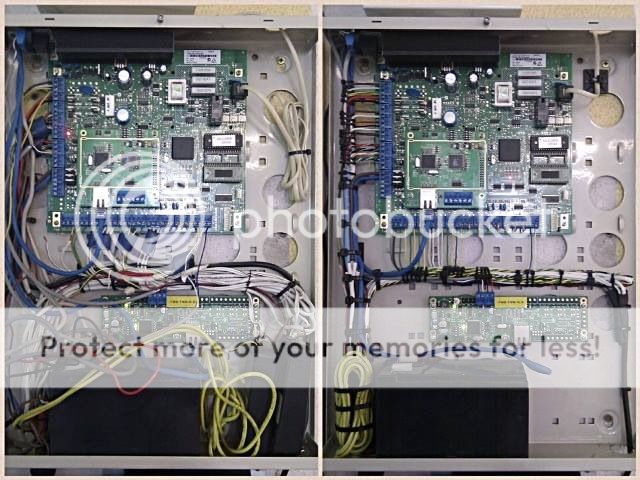I have a some questions. I have recently been called back to work after being laid off for quite sometime. I have been put on a burglar alarm system job. Which I have taken a class in but never actually installed. I dont want to mess up so I could use some help. The questions are basic but it would help me alot.
question 1
Zone 1 has 4 door contacts and one EOL . Do I use 2 conductor wire or 4 conductor wire to each door contact? For instance the red lead (HI) is on terminal 8 and the low lead is on terminal 9 of the control Panel.
do I wire the black lead to one screw terminal of the contact and then the red to the other screw terminal of the contact and then where do I insert the resistor.
Or should it be red to both contact terminals and then at the return spice the red to the with the resistor and take it back to the panel terminal 9 .
I gotta say it's a little odd that the company that hired you either didn't give you training or that you don't have a peer that can answer your question specific about the equipment you use and the situation. In any event, assuming you have a wire homerun from the panel to the room where the 4 contacts are, you would wire them something like
this (see zone 4). The circuit from the panel is just one big loop, with one wire going from 1 common on the panel to 1 terminal of first contact, then loop from 2nd terminal to first of next contact, etc and on the final contact back to zone input on panel.
Ideally, the EOL should go at the last contact in the zone, but some installer put them at the panel (as shown), which defeats the purpose, but is easier to install.





